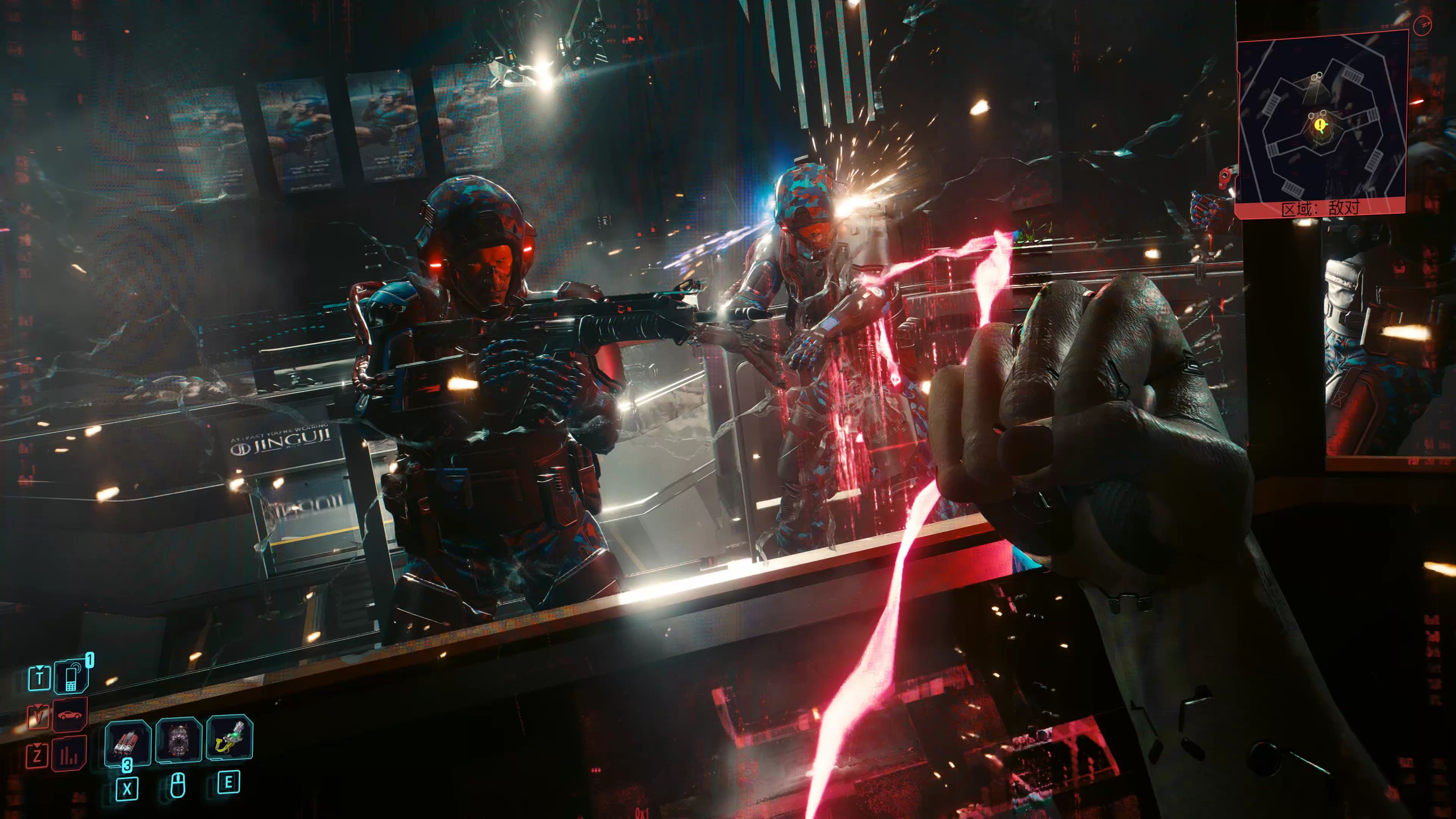The Unyielding Realms: Deconstructing the Longevity of Skyrim's Modding Scene
More than a decade after its initial release, The Elder Scrolls V: Skyrim remains a titan in the gaming landscape. Its persistent presence on bestseller lists, its re-releases across three console generations, and its vibrant, ever-evolving community are testaments to a phenomenon that transcends the game itself. While Bethesda’s foundational work created a vast and compelling sandbox, the true secret to its undying relevance lies not solely within its Nordic tombs and misty mountains, but in the boundless creativity of its modding community. The longevity of Skyrim’s modding scene can be attributed to a powerful synergy of foundational design, technological empowerment, and a self-sustaining cultural ecosystem.
The primary catalyst for this enduring modding revolution is the game’s inherent structural design. Bethesda built Skyrim upon a foundation that is not just mod-friendly, but mod-inviting. The engine, for all its quirks, utilizes a modular data architecture. Game objects—from a humble iron dagger to a complex non-player character (NPC)—are not hard-coded into the executable but exist as editable records within the Creation Kit, the official modding tool. This object-oriented design means that modifying one element rarely breaks another, allowing for a "plug-and-play" approach where thousands of mods can coexist. Furthermore, the game world is structured as a persistent, open-ended canvas. The worldspace exists independently of the player’s actions, making it the perfect stage for modders to insert new quests, locations, and characters without conflicting with the core narrative. This design philosophy transformed Skyrim from a static product into a dynamic platform, a digital Lego set with near-infinite pieces.
Technological evolution has been the jet fuel for this platform. The release of the Creation Kit democratized high-level modding, moving it beyond simple texture swaps or configuration tweaks. It provided the community with the same tools Bethesda’s developers used, empowering them to create professional-grade content. This was further amplified by the emergence of script extenders, most notably the Skyrim Script Extender (SKSE). SKSE bypassed the inherent limitations of the game’s native scripting language, unlocking a new tier of complexity. It enabled mods that introduced entirely new gameplay mechanics, from sophisticated survival systems and spell-chaining combat to complex follower frameworks with advanced artificial intelligence. This technological arms race, driven by community programmers, continuously raised the ceiling of what was possible, ensuring that the game could be perpetually modernized to meet contemporary gaming standards. A 2011 Skyrim and a 2023 Skyrim, modded to the hilt, are almost unrecognizable from one another, a testament to this relentless technical progression.

Beyond tools and design, the scene thrives on a self-sustaining culture of collaboration, competition, and curation. Online platforms like Nexus Mods serve as bustling metropolises for this creativity, providing not just a repository but a social framework. The endorsement system, mod collections, and vibrant forums foster a sense of shared purpose. Veteran modders create sprawling, ambitious projects that push technical boundaries, inspiring newcomers to learn and contribute. This creates a continuous cycle of mentorship and innovation. Simultaneously, a healthy competitive spirit drives quality upward; the existence of multiple acclaimed weather or combat mods forces creators to refine their work to stand out.
Curation is another critical longevity factor. As the mod library ballooned into tens of thousands of files, discoverability and stability became challenges. The community responded with essential utilities like LOOT (Load Order Optimisation Tool), which automatically sorts mods for stability, and mod managers like Mod Organizer 2, which revolutionized installation and conflict resolution. These tools lowered the barrier to entry, making advanced modding accessible to the average user rather than a niche for technical experts. The recent advent of "Modlists" through utilities like Wabbajack represents the ultimate evolution of this curation—allowing users to download and install hundreds of meticulously tested and balanced mods with a single click. This transforms the often-daunting modding process into a accessible experience, inviting new waves of players to experience a custom-tailored Skyrim.
However, this longevity is not without its tensions. The monetization of mods, through initiatives like the controversial Creation Club and Bethesda’s paid mods program, has sparked intense debate about the nature of this volunteer-driven ecosystem. While offering official support to creators is a noble goal, it risks commercializing a culture built on passion and free sharing, potentially alienating the very community that sustains the game.
In conclusion, the longevity of Skyrim’s modding scene is a masterclass in sustained digital engagement. It is the product of a perfect storm: a malleable foundation provided by the developer, a relentless drive for technological innovation from the community, and a supportive, self-policing cultural ecosystem that prioritizes accessibility and quality. Skyrim is no longer just a game; it is a living, breathing platform for collaborative storytelling and technical artistry. As long as there are players who dream of adding one more quest, one more weapon, or one more visual flourish to its snowy peaks, the world of Skyrim will continue to grow, forever escaping the static fate of a mere video game and achieving a form of digital immortality.















